I guess you have watched a Bollywood movie before. So you certainly have an idea of Indian weddings! Are all the clichés true? The dance, the colorful outfits ...
Note: I am telling you about my experience and my feelings during our wedding, for example. This article highlights some Indian practices and rituals. But it's important to note that every situation, every couple, every marriage is different.
Here is a list of clichés I have heard about weddings in India. I give you my feelings.
All Indian weddings follow the same rituals
The rituals and schedule of a wedding in India depends on the religion and the origin of the bride and groom. As in Europe, India is a country with several religions: Hindus, Muslims, Christians, Buddhists are present in India.
In this article I will talk about Hindu weddings since this is what I know.
The rituals are therefore different depending on religion but also on the origin of the bride and groom and their caste. Indeed the rituals are differents whether you are from South India or North for example. Nevertheless, some traditions are adopted by the majority or almost of the bride and groom.
The groom arrives on a white horse
Some groom arrive on an elephant but most of the time the groom arrives on a horse dressed and decorated for the occasion.

The bride and groom do not kiss
"You can kiss the bride" This is the Western cliché that does not take place in India. The bride and groom do not kiss at any time during the ceremony.
In Bollywood films we often see dances that are sometimes very sensual but never, or very very rarely, the actors kiss. In life in India it is the same. Romantic relationships are quite taboo and kept secret. Even when married, you do not kiss your husband in the street or in public.
There is a lot of dancing at weddings in India
In Bollywood films there is always dance, groups of women and men performing a precise choreography. Dancing is an integral part of Indian culture. Very present in films, it symbolizes happiness, festivities.
Some bride and groom decide to celebrate "Sangeet": here the guests dance for the bride and groom, the groom dances for the bride, and vice versa. It is an evening of festivities, of dancing, of joy.
Music and dance are also very present during Baraat, the arrival of the groom. The groom, on his horse, arrives with his family dancing around him.
Finally, on the wedding day, music can be played and some of the guests sometimes dance. However, in some cases the bride and groom are very busy with the rituals and do not necessarily have the time or the energy to dance.

The wedding last over several days
True, but again it depends on the bride and groom and their traditions. Our wedding, for example, took place over 2 days.
The first day we celebrated the Haldi ritual, which consists of covering ourselves with a mixture made of turmeric. The whole family participates and it often ends in battle.
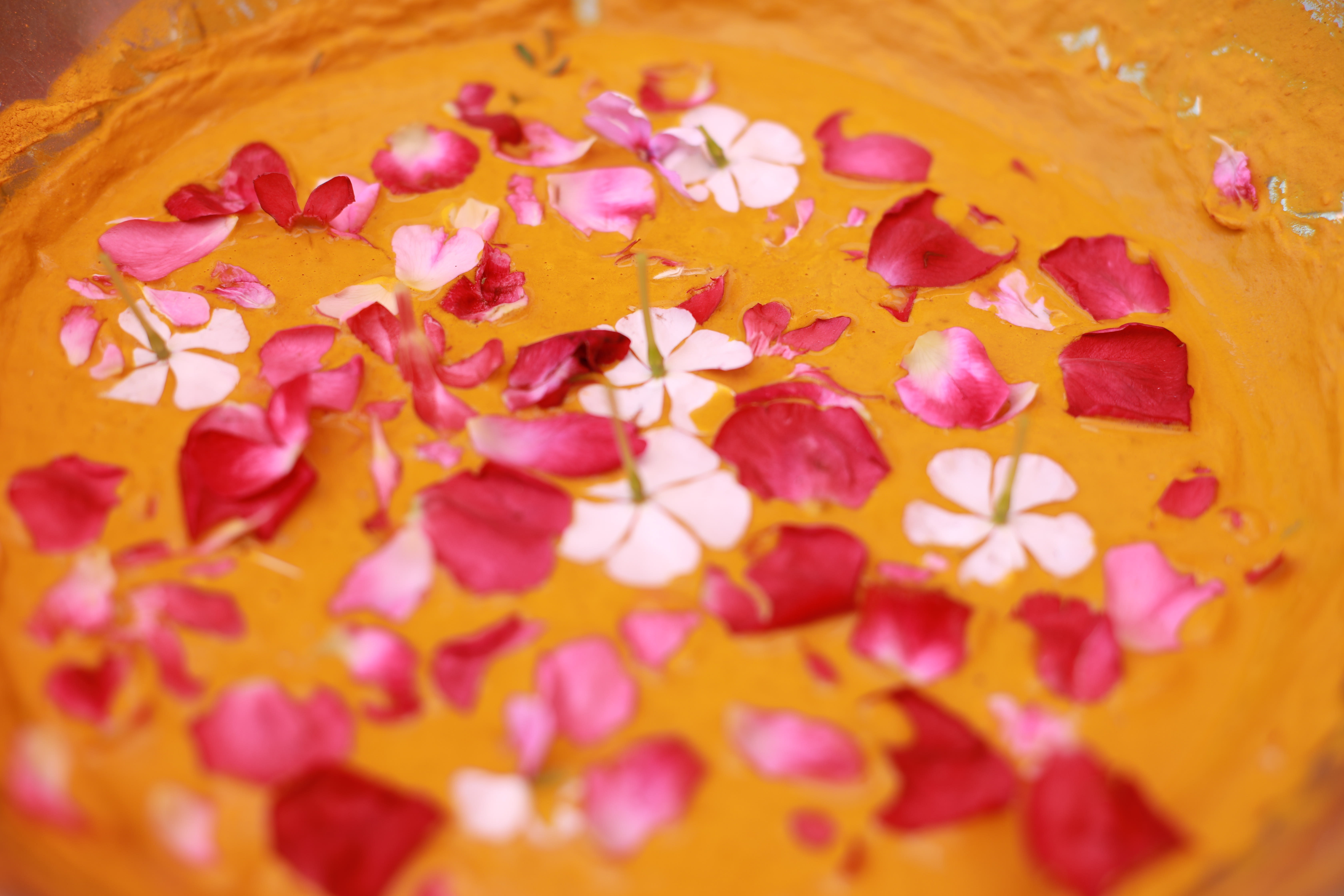
In the evening, an artist came to draw henna on the guests, the bride and groom. The henna for the bride extends over all the forearms and feet: it is the Mehendi.
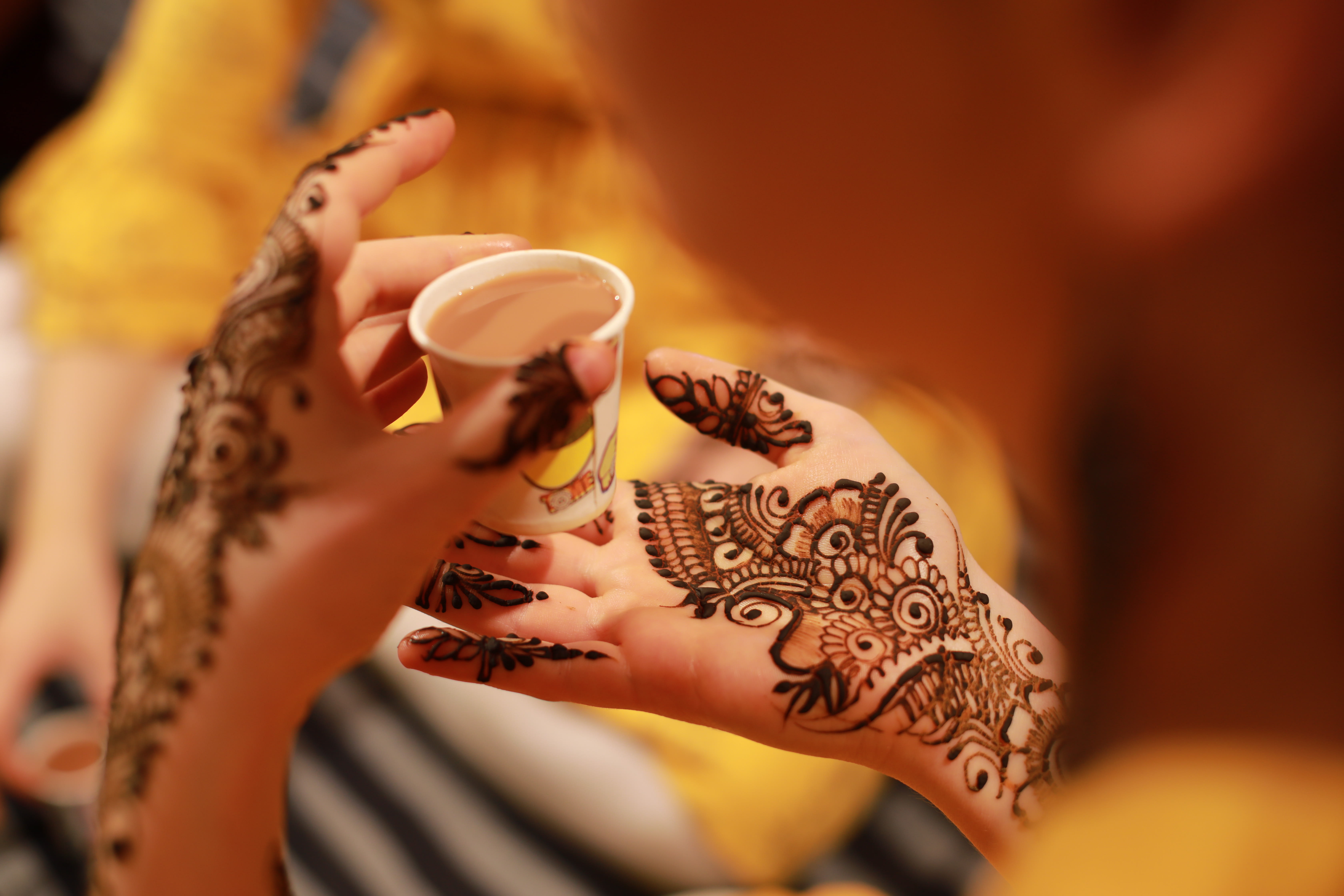
Finally, in the traditions of Pankaj, marriage is celebrated at nightfall. So, on the second day we officially got married.
The festivities begin with Baraat: the arrival of the groom on his horse, surrounded by his dancing family. It is a very festive and traditional moment.
Then comes the exchange of garlands, and the rest of the rituals that will last all night including for example Phera, the 7 turns around the fire.

In the Hindu religion, the exchange of a ring formalizes the engagement but does not represent marriage as in Europe. "Indian wedding ring" is the Mangalsutra (gold and black pearl necklace) and red vermilion powder in hair called Sindoor ...
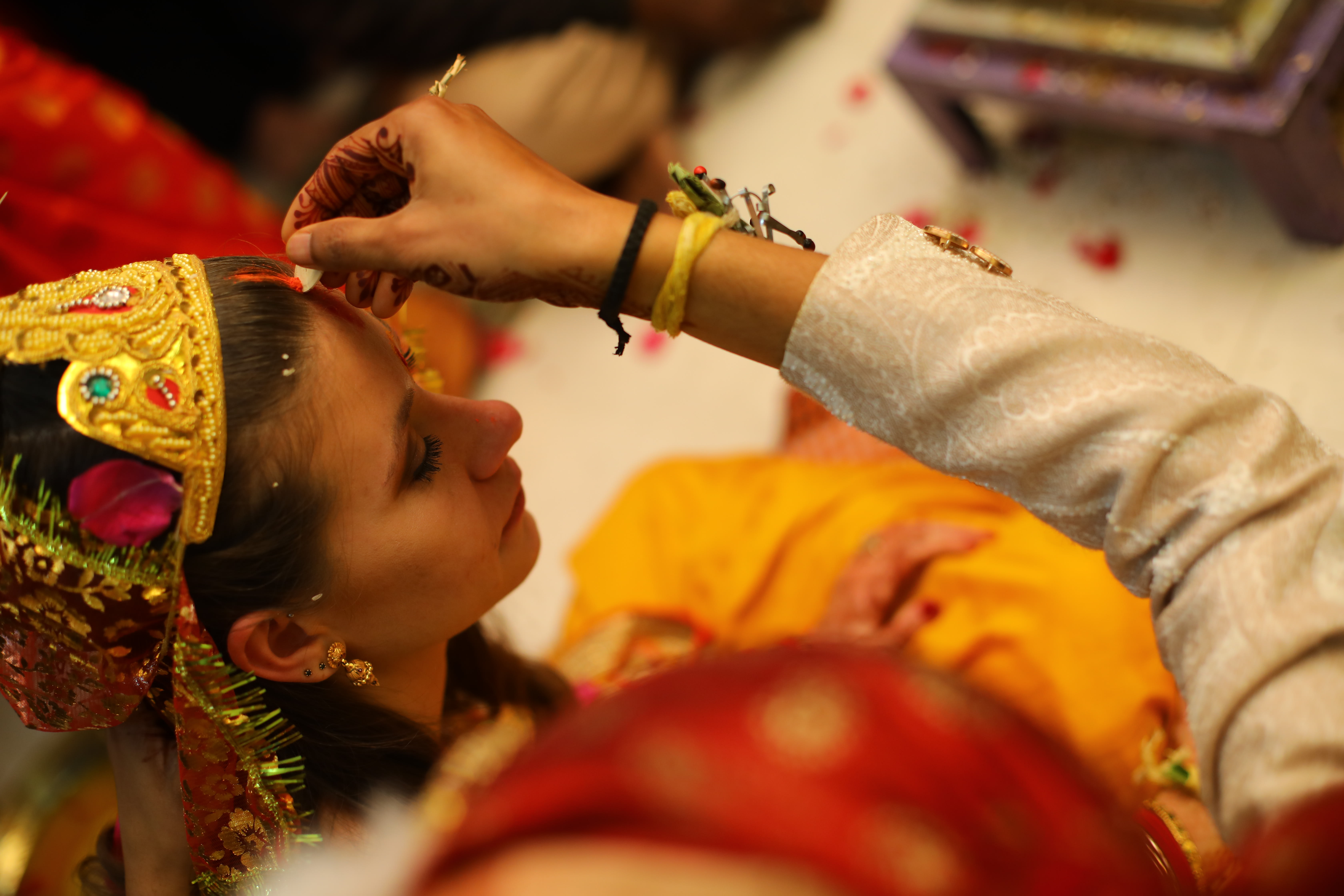
Finally, at sunrise, we celebrated Vidai: the departure of the bride and groom to their new life and the end of the ceremony.
There are hundreds / thousands of guests
True ! Wedding invitations are valid for the whole family: when you invite a friend, he often comes with his whole family : parents, children... That's why it can go fast.
There are a lot of arranged marriages
Most marriages in India are arranged marriages. Note that an arranged marriage is not a forced marriage. The family chooses the husband of their child, but the married couple have the right, in most cases, to refuse the union.
Marriage is very important in India because society is organized around the family. Marriage is not only the union of two people but the union of two families.
Arranged marriage is an huge part of Indian culture. When a marriage is announced one of the first questions asked is "love marriage or arranged marriage *?"
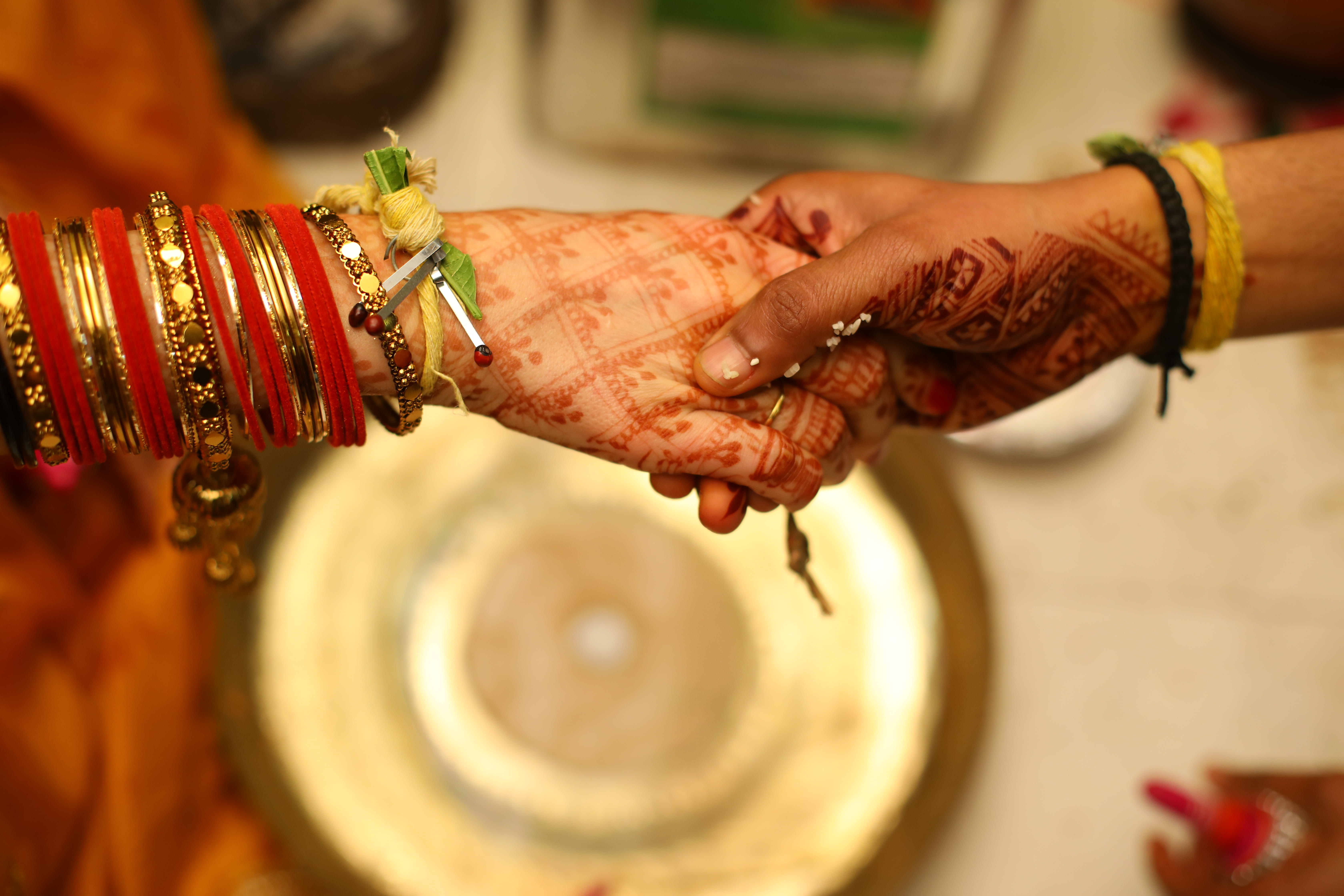
The wedding dress is red
The red sari or lehenga are the most traditional outfits for the bride in India. A change of outfit can nevertheless be made for certain rituals. It also depends on the origin of the bride and groom and their castes. For example, I wore four different outfits depending on the rituals during our wedding: a red lehenga, a simple dress, a yellow sari and an orange sari.
We don't choose the date of our wedding
True and false. The wedding date in India can depend on the lunar calendar, the alignment of the planets and the astrological sign of the bride and groom. The family goes to see a priest to determine an auspicious date for the wedding. As Indians are very religious and superstitious, a good date means a successful marriage which is likely to last.
There are times called wedding seasons, when many weddings take place. In particular at the beginning of December or even from February to April.
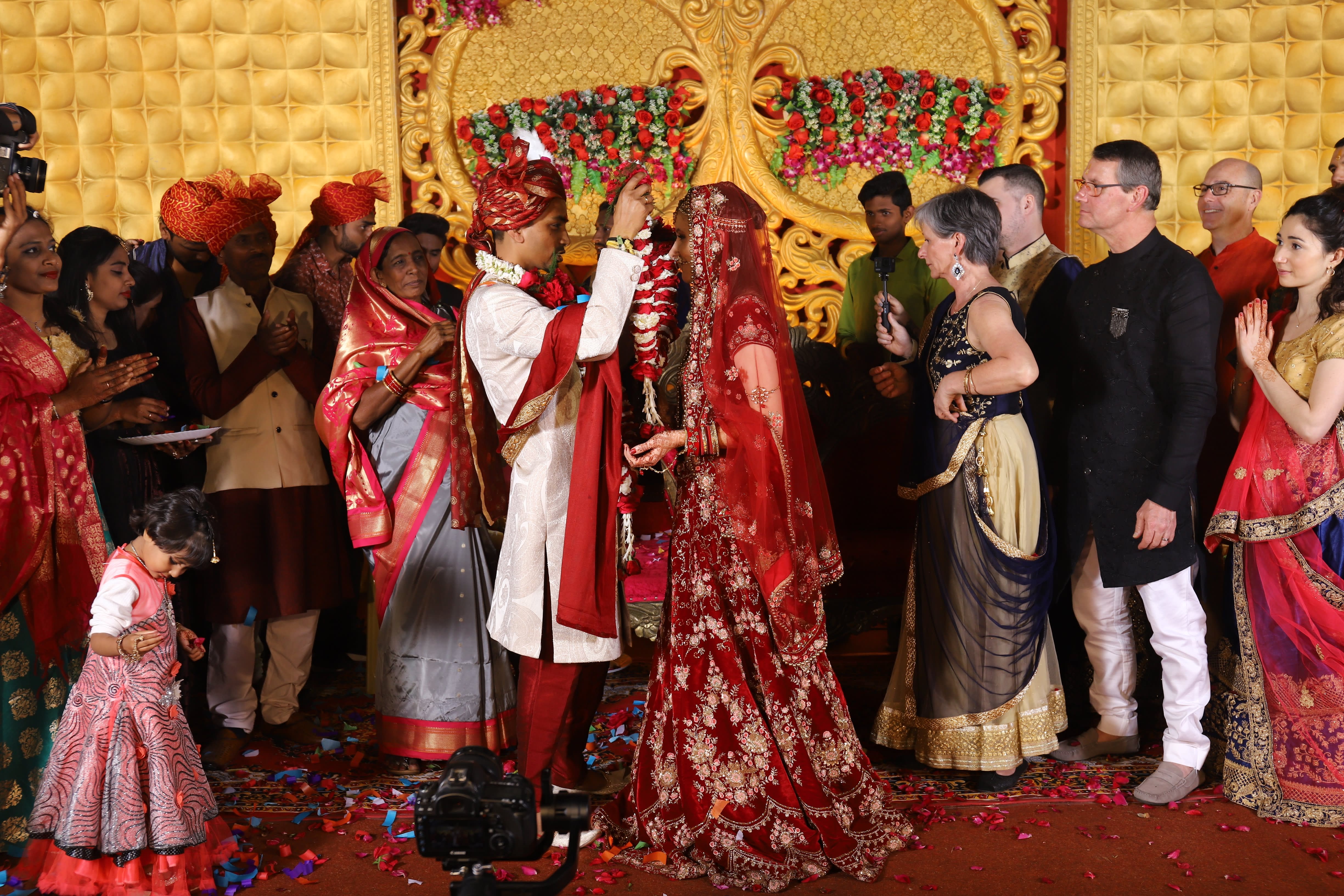
Marriage in India is sacred and is a unique moment.
I hope I made you want to attend a wedding in India. It is an incredible experience where traditions are very present.
If you have any other questions or clichés in mind, please write to us. It's always super interesting to hear your impressions.

